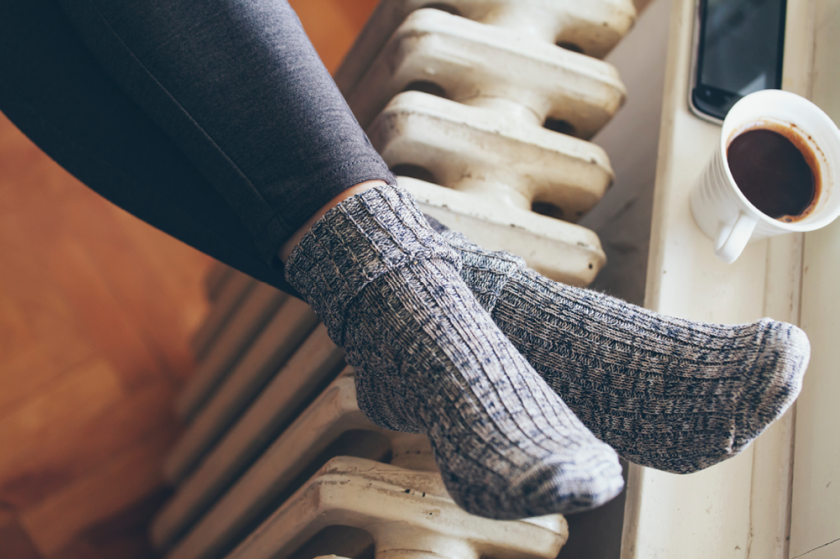Finally, an end to this year’s long hot summer has come, with Queenslanders all round breathing a sigh of relief. As we get ready to snuggle into the cooler months of winter, there are a few things to keep in mind in caring for our feet. At The Podiatry Practice in Brisbane we tend to see seasonal patterns in the injuries and concerns of patients that present to our clinic. So, we’ve compiled a list of the top 5 tips you need for keeping your feet healthy this winter.
- Avoid exposing your feet to direct heat, especially if you’re a diabetic
As tempting as it is to warm your feet in front of the fire, heater or with a hot water bottle, this can cause burns and injury to those who’ve lost sensation in their feet. Peripheral neuropathy (sensation loss) affects your ability to feel for pain and temperature sensations, including when something is too hot. While diabetics are most commonly affected, it’s worth being mindful of this if you aren’t sure how good your sensation is and seeing your podiatrist for testing and clarification.
- Moisturise, moisturise, moisturise
During the cooler and drier months of the year we see an influx of patients with increasing dryness and fragility of skin, especially the feet and lower legs. This can make skin more prone to cuts and fissures, and generally feels tight and uncomfortable. Dry skin can be easily avoided by moisturising with something simple like Sorbolene cream each night and seeing your podiatrist periodically for callous debridement. It might also be worth talking to your GP, as certain medical conditions and medications can also cause dry skin. We also stock some amazingly effective foot creams for extremely dry, callused skin.
- Keep your joints warm and mobile to avoid osteoarthritis
Osteoarthritis-related pain tends to worsen for most people during the cooler weather. Most recently researchers have thought this may be due to weather-related changes in barometric pressure (or weight of the atmosphere). Reduction of blood flow and lubrication in the joints may also play a role. We generally recommend our patients wear appropriate warm clothing, use heat packs, heat rubs (where appropriate), and ensure they are keeping joints mobile to help prevent these symptoms. It is worthwhile seeing your GP, podiatrist or physiotherapist to tailor you a plan if you experience increased joint pain during winter.
- Avoid over-exposure to cold to prevent vascular spasm (Raynaud’s)
Raynaud’s phenomenon describes the process of capillary and small vessel spasm in terminal areas (toes, fingers, and nose) in response to the cold. Initially toes can appear blue and numb, before turning a bright red as blood flow returns. Even though we live in a relatively warm climate, we still see patients who experience this phenomenon during the cooler weather. Raynaud’s can occur in young, healthy people and is not limited to those who have poor circulation. Treatment beyond self-care, such as keeping warm and protecting toes from the cold, is not often required. However you should see your GP or podiatrist for a proper diagnosis if you think you may have Raynaud’s.
- Stretching – winter sport
We’ve done a few blog posts on this last tip before – but only because it’s so important! Along with the cool weather, winter also brings a new season of sport, and with it – new injuries! At The Podiatry Practice we see a lot of active young kids and weekend warriors suddenly develop injuries such as heel and Achilles pain, mostly due to the intensity of winter sports and lack of stretching. Not only does stretching prevent injury but is good practice as a sports person to optimise performance. Ask your coach or see a podiatrist to advise you on some appropriate stretches, particularly for your calves and hamstrings.







